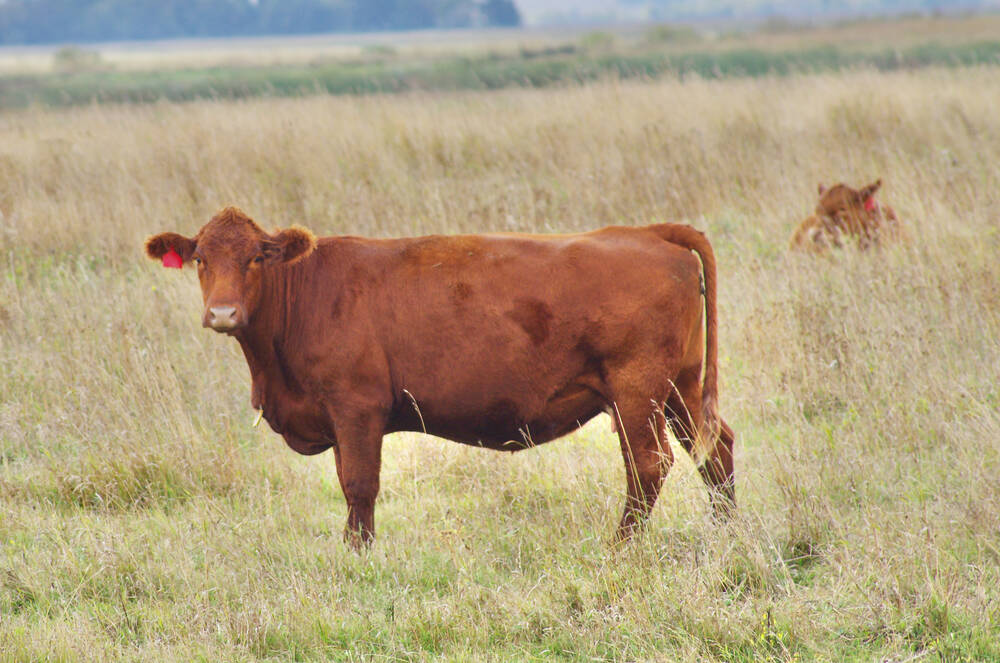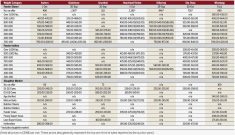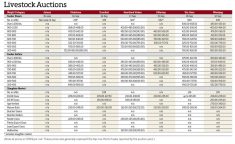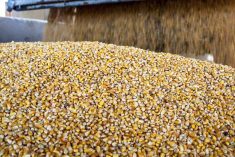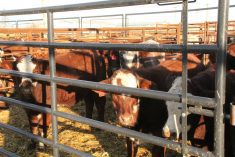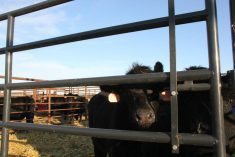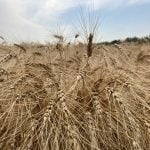After one of the warmest Septembers on record in Manitoba, the fall cattle run had a similarly hot start.
Kirk Kiesman, general manager of Ashern Auction Mart, said buyers were snatching up top-quality livestock regardless of type.
“It didn’t matter if they were steers, heifers or calves. If they’re top-quality, they’ve been selling really well,” he said. “It’s been pretty quiet on the calves. They’re going to start trickling in, in a week or two weeks. The ones we have sold have sold very well.”
Read Also
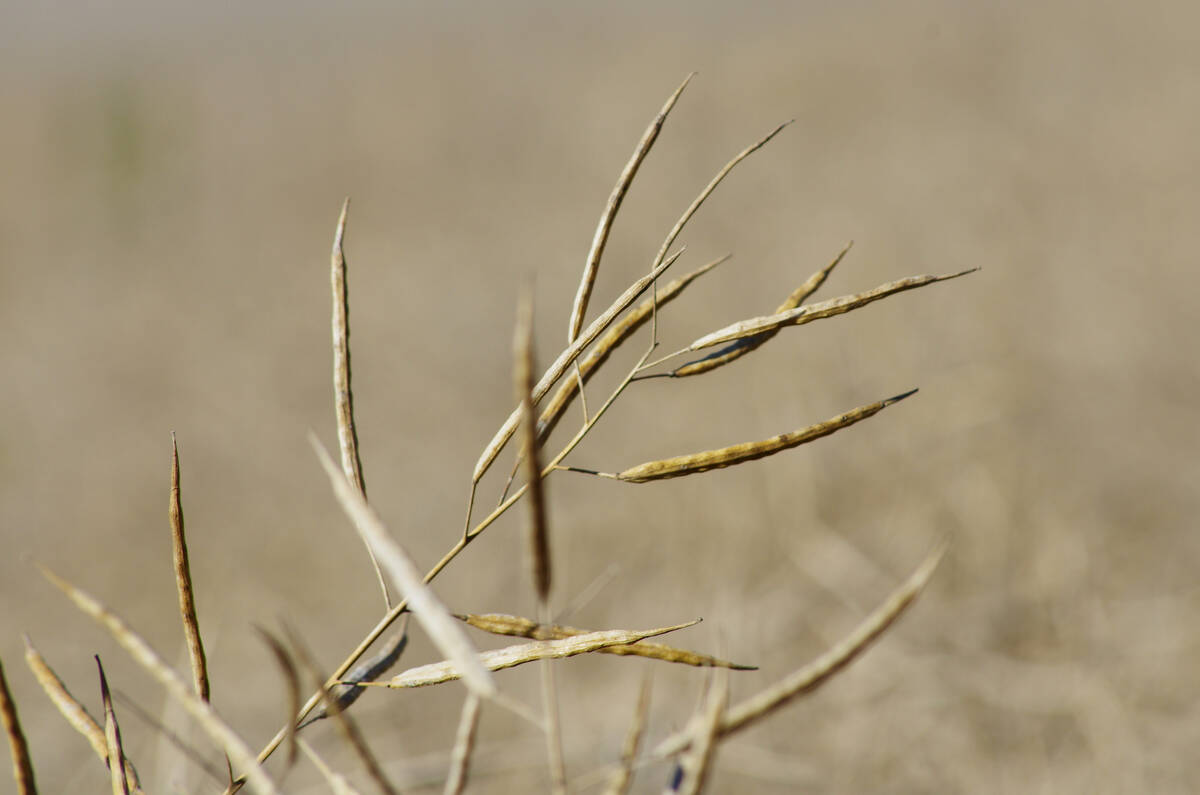
Vegetable oil demand may offset bad biofuel news
Global biodiesel and renewable diesel production is expected to decline for the first time in a decade, and that’s bad timing for a Canadian canola industry looking for new markets to sell the oilseed.
Some lightweight steers sold for more than $500 per hundredweight, while heifers in the same weight classes went for $400/cwt. or more. However, most auction sites saw price declines in mature bulls and heiferettes compared to the previous week.
“Some of those cattle that were bought late in June are not making money right now,” Kiesman said. “It would be nice if they were just a touch stronger. The ones who bought early, I think they’ll do well this year with their yearlings.”
Temperatures moved back to normal as the calendar flipped to October, bringing highs at around 15 C. Despite cooler conditions, many cattle remained on pasture as of Oct. 3, according to Kiesman.
“We haven’t had a frost yet. The grass is still green out there and until we see a frost, I don’t see the cattle in our area going to market until the grass changes.”
Change came overnight on Oct. 3. Temperatures in the northern Interlake, including Ashern, dove to -6.6 C. Lows also included -5.1 C at the Brandon airport, -3 C east of Winnipeg and -2.7 C in Dauphin. Areas near Winkler were spared at 2 C.
Kiesman said most cattle sold were moving into Ontario, Alberta and Saskatchewan.
“I think a cow-calf guy will do OK. I think the yearling guys will have to be smart about when they sell, (as to) whether they make money or not. The cow-calf guys have a good year coming up and, if you’re looking to buy some cows, this will be a good year to do it.”
The United States Department of Agriculture’s attaché in Ottawa predicted stabilization of national cattle numbers at the end of 2025, according to a report released Sept. 26.
The attaché projected Canada’s cattle herd to total 10.93 million head at the start of 2025. The agency’s official estimate for Canada’s cattle herd at the start of 2024 was 11.055 million.
However, at the end of 2025, the herd is set to increase slightly at 10.95 million, mainly due to fewer exports and a smaller slaughter in 2025 compared to the previous year.
The report also said Canadian beef and veal exports from January to June increased 3.95 per cent at 283,622 tonnes compared to the year before, including a 5.88 per cent increase to the U.S. Canadian beef imports increased by 14.59 per cent at 127,015 tonnes, but those from the U.S. declined 2.46 per cent.


